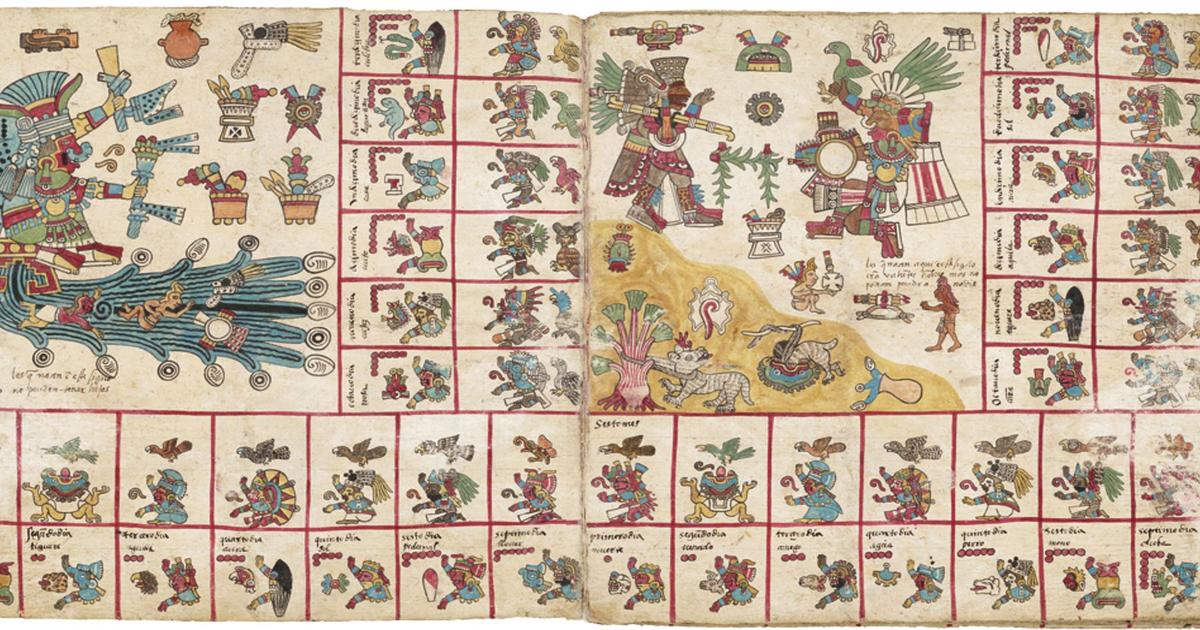The pre-Columbian Vicus culture and its enigmatic ritual ceramics with human or animal heads, made nearly 2,000 years ago in present-day Peru, are honored at the Museum of the Americas in Auch.
The museum, which has the second collection of pre-Columbian art in France, after the Quai Branly, presents from May 10 to December 31 the exhibition "The Vicus mystery", also including pieces of goldsmithery (crowns, appliques, pectorals. ..) to sophisticated gilding techniques giving them the appearance of pure gold.
“
When we talk about Peru, we immediately think of the Incas, perhaps the Mochicas and the Nazcas, but little more.
And yet, the Vicus are a great civilization that lasted several hundred years
, “said museum curator Fabien Ferrer-Joly to AFP.
In a small workshop, he prepares the pieces with four artisans, before they are installed on the upper floor.
The Vicus had "
extremely elaborate craftsmanship, a very hierarchical society with large villages, and above all mastered the irrigation of the soil
", he underlines, carefully holding an owl-shaped vase in his gloved hands.
Cultural and funerary vases
“
The exhibition, I hope, will make people discover this civilisation
”.
The "
vases presented, which are both cult and funerary vases, express many things, in particular the thought and ideology of these civilizations which did not know writing", he continues enthusiastically
.
Dozens of ceramics modeled by hand, without moulds, with very varied representations (men, women, birds, felines, llamas...) are placed on a large table, waiting for their base to join the showcases.
Read alsoPeruvian vestiges of the Chancay culture seized at a Canadian auction
“
The shapes are often complex with vases with a double body connected by a tube and a flat handle
,” adds the curator, showing a “
whistling
” vase representing a monkey.
These vases, allowing to emit a whistle close to the song of birds, are a particularity of the pre-Hispanic Andes, where the ceremonies were marked by songs and dances.
At his side, one of the two basemen, François Ourth, finishes welding a very thin metal support to hold the piece that will open the exhibition: a human head with "a crown of snakes", probably indicating the importance of the character,
according
to Mr. Ferrer-Joly.
For Mr. Ourth, “
the idea is to only see the object, so that the support cannot be seen.
We appropriate the object, and the support must completely disappear to let the object speak
”, he continues, wielding two large pliers in order to adapt the base to the shape of the room.
A culture discovered in the 1960s
“
The better it is presented, the more the visitor will enjoy looking at it
,” adds the craftsman, who designs bases “
both for small ten-gram jewels and for one-ton stones.
The pedestals are assisted by two versatile museum employees, responsible for sticking a film on the supports to avoid direct contact between the metal and the piece.
At the Museum of the Americas, “
we are a small team.
We two, we shoot
” from one station to another, explains one of them, Christophe Arilla, who can also welcome the public and has even had the opportunity to create film sets.
The Vicus evolved in the north of present-day Peru, near the border with Ecuador, from the 3rd century BCE to the 5th century CE, nearly 1,500 years before the Incas.
Unknown until the 1960s, this culture was identified after the suspicious appearance in antique shops of goldsmithery and ceramic objects, sold by tomb robbers and which could not be attached to any known style.
Formerly called the Musée des Jacobins, the Musée d'Auch reopened in 2019 after years of renovation.
Renamed the Museum of the Americas, it received the label “
National Reference Center for Pre-Columbian Art and Latin American Sacred Art
” from the Ministry of Culture.
It owns about 10% of the pre-Columbian works present in France.
The Quai Branly holds 80% of it, the rest being scattered among a multitude of other institutions.
Thus, out of the hundred or so pieces exhibited over the next few months in Auch, approximately 70 come from a private collection.







/cloudfront-eu-central-1.images.arcpublishing.com/prisa/V7IVCNSXOVEJNPND426WBWSWJE.jpg)







